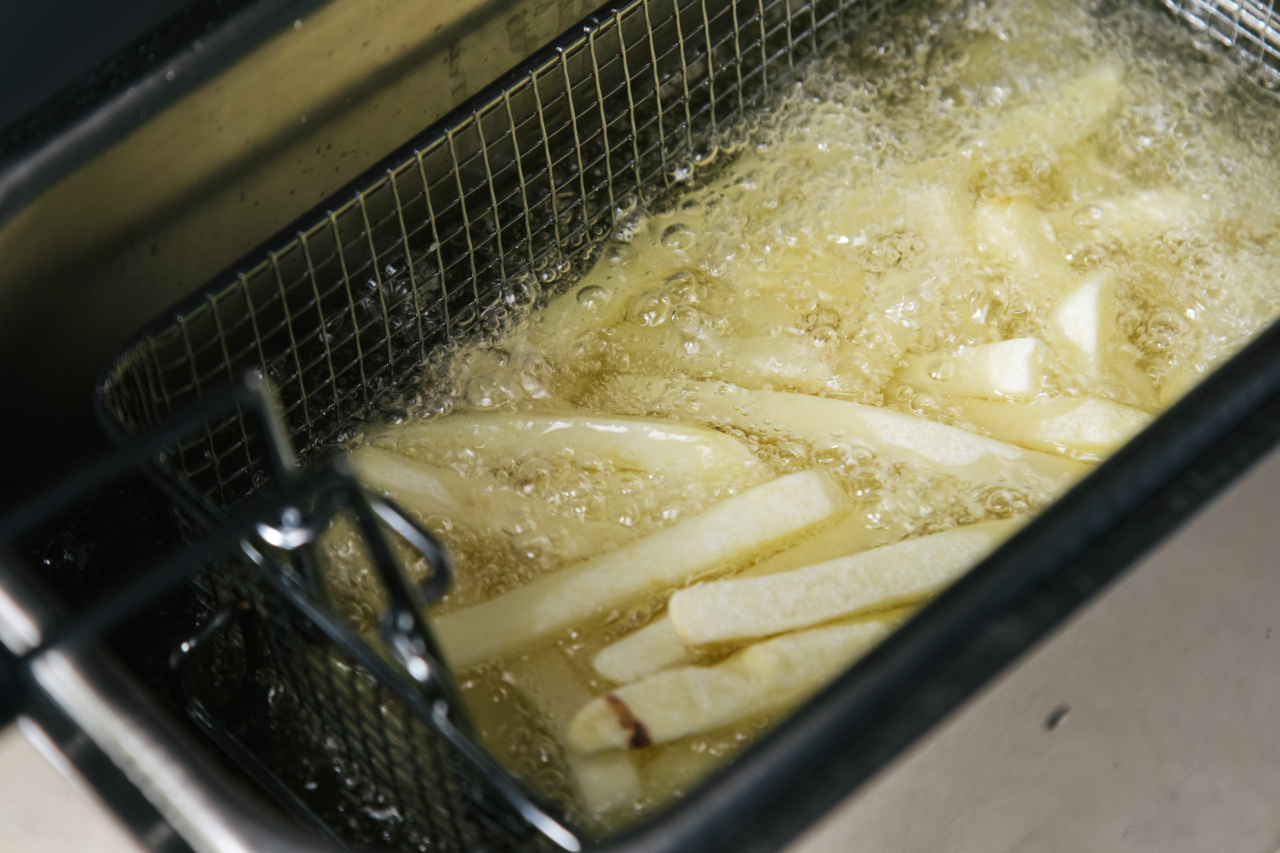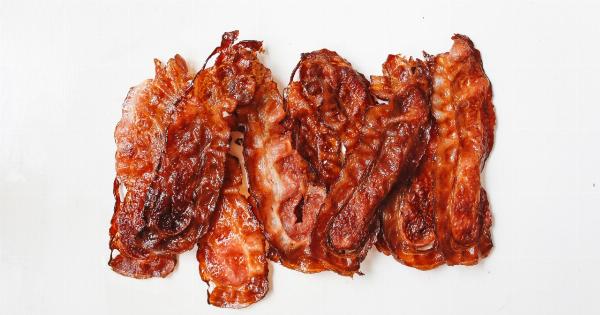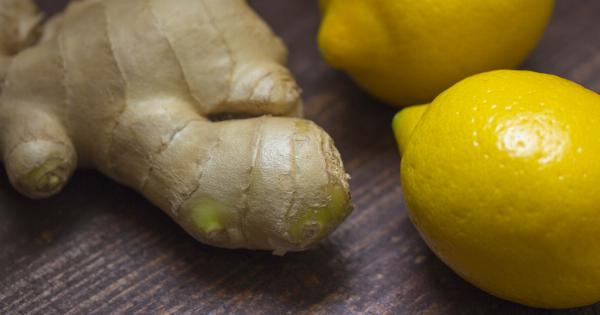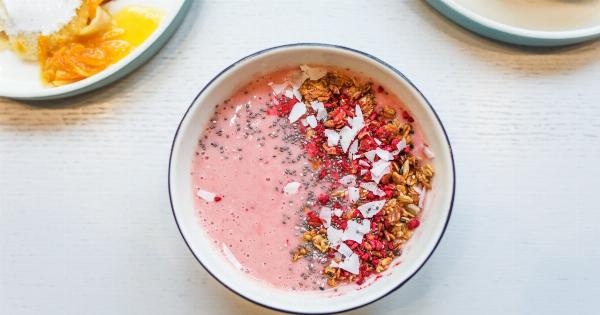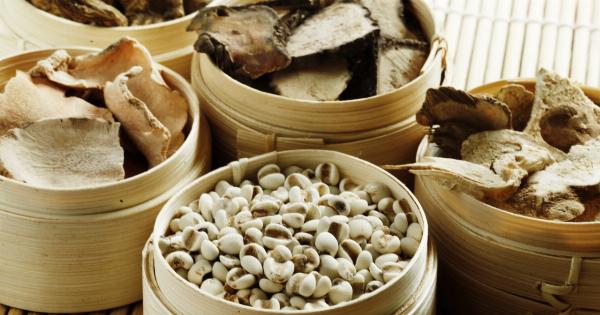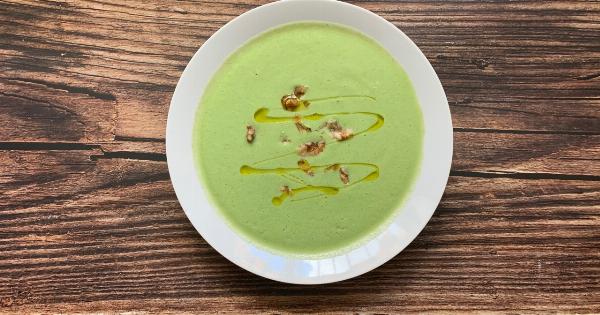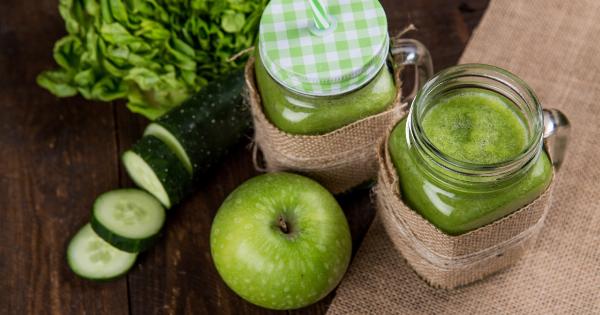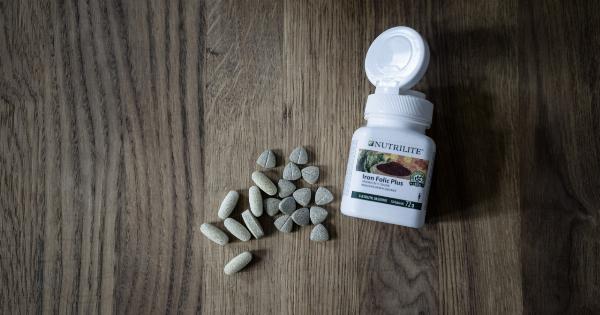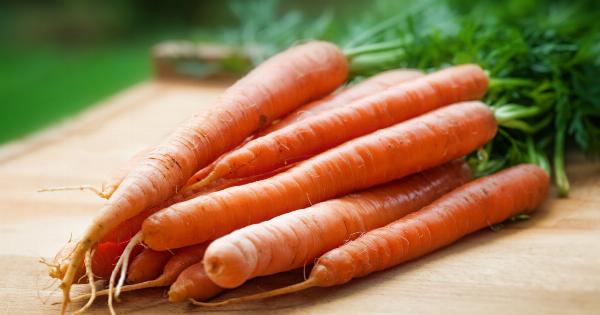When it comes to cooking delicious fried foods, choosing the right oil is crucial. Not all oils are created equal, and understanding their smoke points, flavor profiles, and health benefits is essential in achieving the perfect fried dishes.
In this ultimate guide, we will walk you through everything you need to know about frying oils, helping you make informed decisions and taking your frying skills to the next level.
Smoke Points: The Key to Successful Frying
Understanding the smoke point of an oil is vital when it comes to deep-frying. The smoke point is the temperature at which an oil begins to break down and produce smoke.
It is crucial to use an oil with a high smoke point to ensure your fried foods come out crispy and not burnt.
Popular High Smoke Point Oils
1. Canola oil: With its neutral flavor and high smoke point of around 400°F (204°C), canola oil is a top choice for deep frying. Its low saturated fat content also makes it a healthier option.
2. Peanut oil: Known for its distinct nutty flavor, peanut oil has a smoke point of about 450°F (232°C), making it ideal for high-temperature frying. It is commonly used in Asian and Southern cuisine.
3. Sunflower oil: This versatile oil has a smoke point of approximately 440°F (227°C) and is often used for frying, baking, and salad dressings. It has a light flavor that won’t overpower your dishes.
4. Safflower oil: With a smoke point of about 450°F (232°C), safflower oil is suitable for various cooking methods, including frying. It is known for its high levels of polyunsaturated fats.
Oils with Medium-High Smoke Points
1. Corn oil: With a smoke point of around 450°F (232°C), corn oil is a popular choice for frying. It has a mild flavor that won’t overshadow your food.
2. Grapeseed oil: Extracted from grape seeds, this oil has a smoke point of about 420°F (216°C) and a neutral taste. It is commonly used in both cooking and baking.
3. Soybean oil: Another widely used frying oil, soybean oil has a smoke point of approximately 450°F (232°C). It is prevalent in processed foods and is often used for deep-frying.
Low Smoke Point Oils
1. Olive oil: Although not ideal for deep frying due to its lower smoke point (around 375°F or 191°C), extra virgin olive oil can still be used for shallow frying and sautéing. Its distinct flavor adds a unique touch to your dishes.
2. Coconut oil: With a smoke point of about 350°F (177°C), coconut oil is best suited for low-heat frying and baking. It is popular for its pleasant aroma and flavor.
Considering Health Factors
When selecting frying oils, it’s crucial to consider their health implications. While all oils contain fats and calories, some options offer more health benefits than others.
Monounsaturated and Polyunsaturated Fats
1. Avocado oil: With its high monounsaturated fat content, avocado oil is a heart-healthy option. It has a smoke point of approximately 520°F (271°C), making it suitable for most cooking methods.
2. Flaxseed oil: Known for its omega-3 fatty acids, flaxseed oil has a low smoke point and is best used in salad dressings and dips rather than for frying.
3. Walnut oil: Walnut oil has a delicate nutty flavor and a low smoke point. It is best used in salads, sauces, or as a finishing oil.
4. Sesame oil: Commonly used in Asian cuisine, sesame oil has a distinct flavor and a smoke point of approximately 410°F (210°C). It is often used as a finishing oil to add flavor to dishes.
Trans Fats and Saturated Fats
1. Palm oil: Often used in processed foods, palm oil has a high smoke point of around 450°F (232°C). However, it is high in saturated fats and may have negative effects on cholesterol levels when consumed in large quantities.
2. Lard: Rendered pork fat, lard has a high smoke point and is commonly used in traditional cooking methods. Despite its flavor-enhancing properties, it is also high in saturated fats and should be consumed in moderation.
Storing and Reusing Frying Oils
After frying, it’s essential to store your oils properly and know when to discard them. To extend the shelf life of your frying oil:.
1. Strain and store in a clean, airtight container.
2. Keep in a cool, dark place away from direct sunlight.
3. Avoid mixing different types of oils.
4. Check for any signs of contamination or off odors before reusing.
Frequently Asked Questions (FAQs)
1. Can I reuse frying oil?.
Yes, you can reuse frying oil multiple times if it is properly strained, stored, and not subjected to excessive heat or contamination.
2. How many times can I reuse frying oil?.
It is recommended to reuse frying oil no more than a few times to maintain food quality and avoid the build-up of harmful compounds.
3. What should I do with used frying oil?.
You can either discard it in approved containers or consider recycling it at designated facilities in your area.
Experimenting with Flavors
1. Infused oils: Elevate the flavor of your fried dishes by infusing your oils with herbs, spices, or aromatics.
2. Chilli oil: Add a spicy kick to your fried foods by drizzling them with homemade or store-bought chili oil.
Conclusion
Choosing the right frying oil is essential for achieving perfect, crispy results in your fried dishes. Consider the smoke point, flavor profile, and health implications when making your selection.
With a variety of options available, you can experiment with different oils to enhance the flavor and texture of your favorite fried foods.
